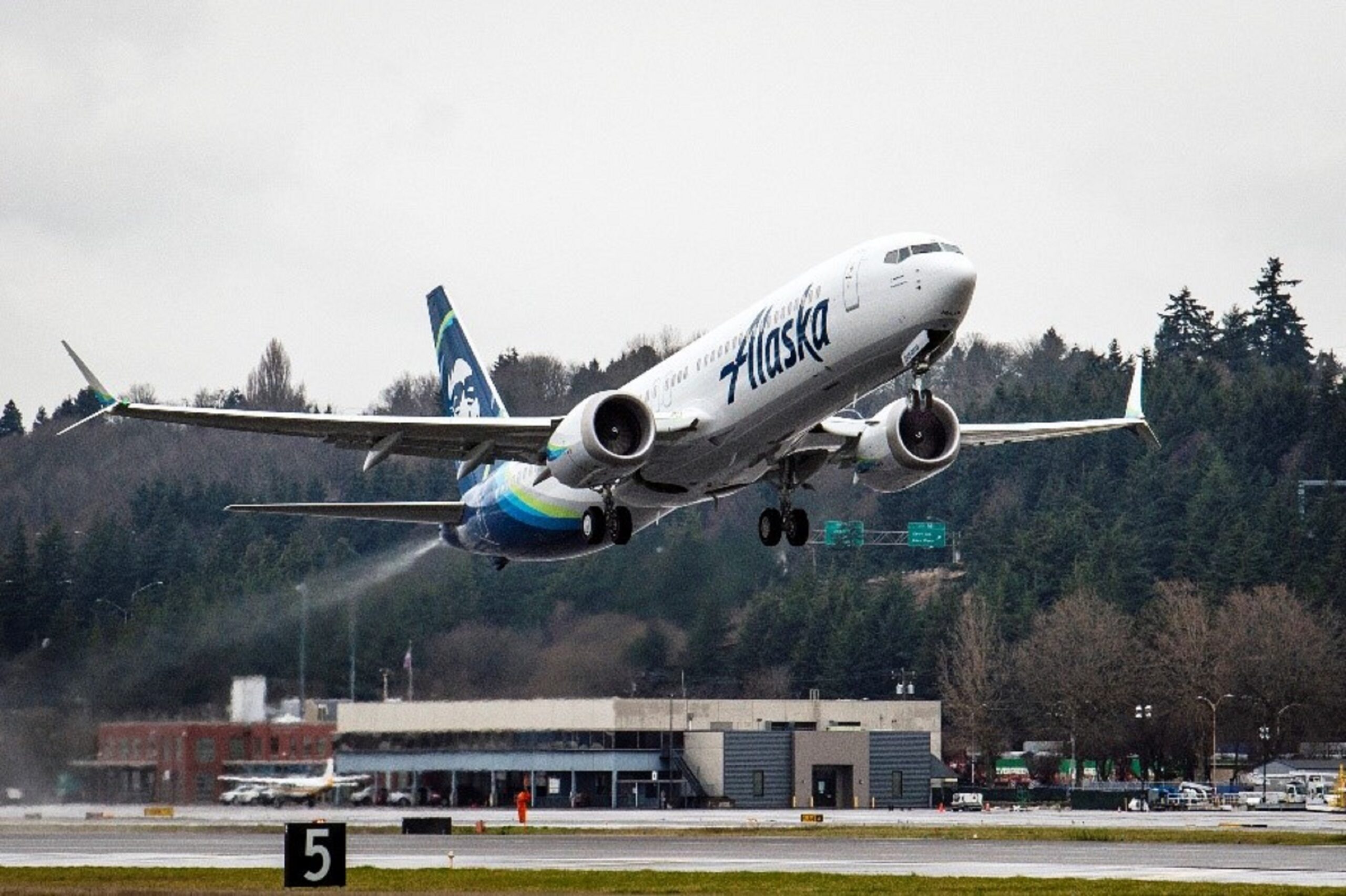As European Airports Cap Flights, Which Airports Are the Worst for Delays?
July 21, 2022

Frankfurt leads other European airports with the highest percentage of flights canceled
Frankfurt Airport, Germany’s busiest air hub, has announced a cap on its flight operations, limiting takeoffs and landings to 88 per hour. The move is the latest in a string of capacity restrictions at European airports aimed at reducing disruption from delays and cancelations that have plagued air travel across the continent this summer.
Last week, London’s Heathrow announced it would limit the number of departing passengers to 100,000 a day through Sept. 11, although the airport has reportedly told airlines reduced operations could last until the end of October.
Earlier in the summer, Amsterdam Schiphol announced it would restrict the number of passengers departing the airport in July to 67,500 travelers per day, rising to 72,500 in the month of August.
When the decision was made, airport officials blamed the restrictions on a shortfall of security employees. The airport projected an average of a 13,500-seat surplus relative to security capacity.
In a similar move in June, London’s Gatwick airport imposed a capacity limit of 825 flights per day during July, followed by 850 per day in August. According to the BBC, these numbers compare to 900 flights per day operating in previous years.
Gatwick said the move would “allow airlines to fly and manage more predictable and reliable flight programs for the rest of the peak school summer holiday period” and ensure passengers “experience a more reliable and better standard of service.”
The capacity cuts come as Europe’s airports continue to face high levels of flight delays and cancellations. With summer travel demand rebounding beyond expectations, airlines and airports are dealing with severe staffing shortages that stem from layoffs that were made during the depths of the pandemic.
An analysis of OAG data by online travel agency Hopper identified the top 10 European airports experiencing the greatest percentage of their flight schedules delayed during the period from July 1 to July 9:
• Brussels Airport: 72 percent of flights were delayed
• Frankfurt Airport: 68 percent delayed
• Eindhoven Airport in the Netherlands: 67 percent delayed
• London Luton: 66 percent delayed
• Liszt Ferenc International Airport in Budapest: 65 percent delayed
• Lisboa Airport in Lisbon: 65 percent delayed
• Paris Charles de Gaulle: 62 percent delayed
• Amsterdam Schiphol Airport: 61 percent delayed
• Cote D’Azur Airport in Nice: 60 percent delayed
• London Gatwick Airport: 59 percent delayed
Among these airports, Frankfurt had the highest percentage of flights canceled (7.8 percent), followed by Amsterdam Schiphol (5.2 percent), Lisboa in Lisbon (4.8 percent), Cote D’Azur Airport (3.4 percent) and Paris Charles de Gaulle (3.1 percent).
While major hubs such as Heathrow, Frankfurt and Charles de Gaulle are throttling back capacity for the summer, the likelihood is that, beyond August, travels to and within Europe will continue to be constrained for the foreseeable future.
Citing the collapse in air traffic in 2020 and 2021 and a tight labor market across Europe, most airports, and in particular larger ones, expect that the quality of the passenger experience will continue to be unavoidably affected, according to a recent survey from Airports Council International Europe.
The survey found two-thirds (66 percent) of airport executives expect flight delays to increase, while one-third (35 percent) expect the airport and ground handling staff crunch to affect their operations beyond the summer season.
“Coping with this sudden increase and concentration of air traffic has been challenging for airports and their operational partners,” said Olivier Jankovec, director general of ACI Europe and Fabio Gamba, managing director of Airport Services Association, in a joint statement.
“The main underlying reason has been the impossibility of scaling up staffing to the levels required in order to accommodate the surge in passenger traffic.”



